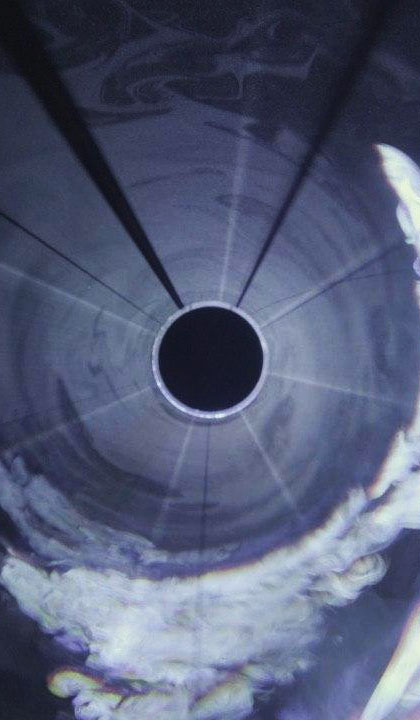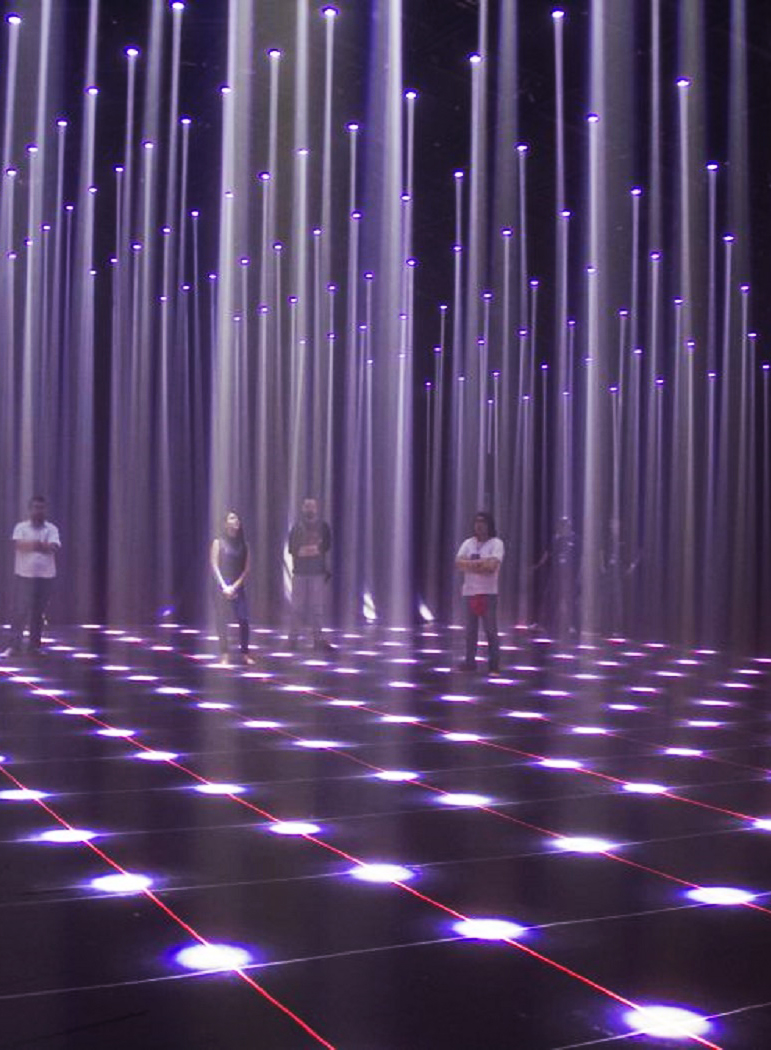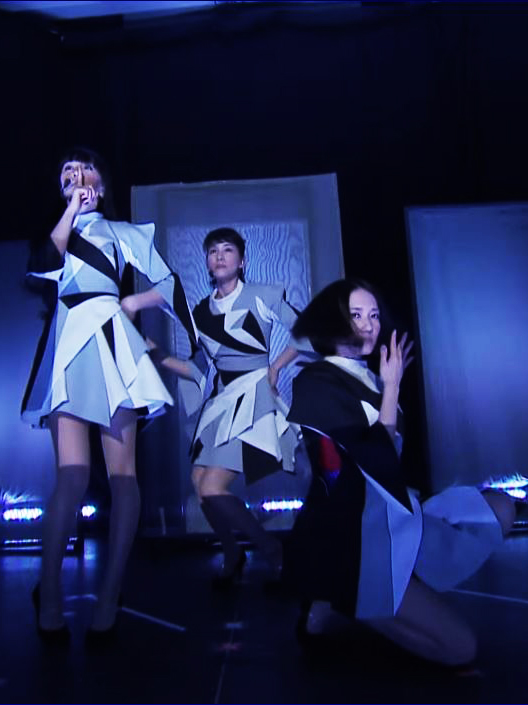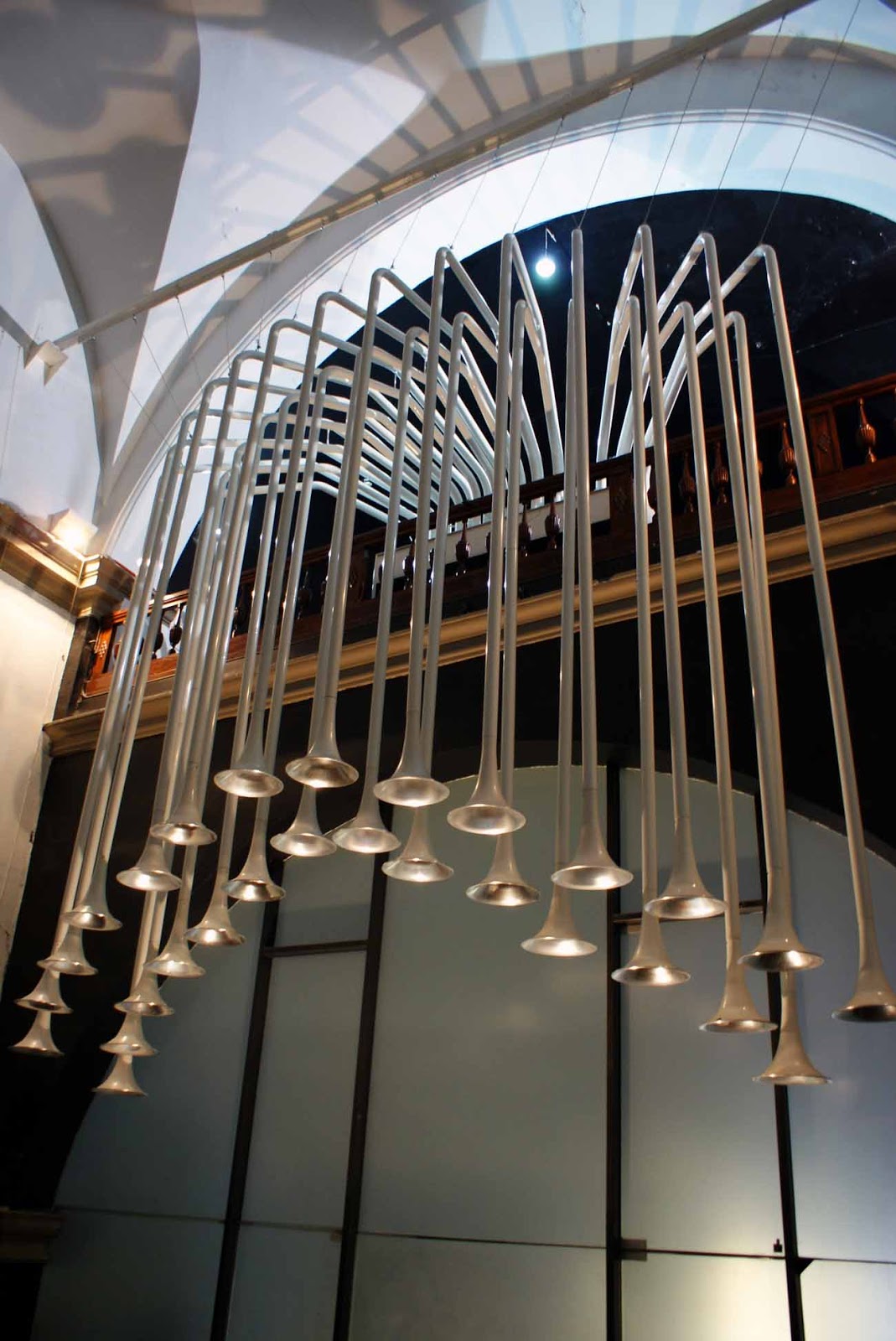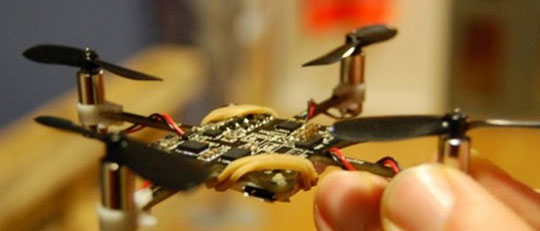MID AND PLAYMODES
radial and blaus
‘radial’ and ‘blaus’ are two interactive lighting installations, both a result of the collaboration between catalonia-based digital research collectives MID (media interactive design) and playmodes. ‘blaus’ introduces the abstract realm of three dimensional geometry through the mediums of audio and illumination – this could manifest as a cube or a blossoming flower, a grid or a jellyfish, a mutant framework of reflecting lights which submerge the audience into a multi-faceted universe, driven by hidden forces of the architecture. ‘blaus’ is an immersive space where audio-visual elements relate
intimately to impact on the visitor. the process led the designers to build most of the software and hardware elements themselves, by means of algorithm design, digital fabrication techniques and craft handwork. on the hardware side, the use of open source technologies, such as arduino, allowed us to create a flexible electronic system easily addressable by opensound – control data. ‘duration open source software by
james george was used in order to independently control, compose, and play a full score for the laser diodes, servomotors, lights and music.on the sound design side, all music and sound effects are made through the use of audio programming environments such as predate and reactor.
custom digital instruments are made in order to exactly match the resonant frequency of the space and its harmonics.
‘blaus’ is an immersive space where audio-visual elements relate intimately to impact on the visitor.


